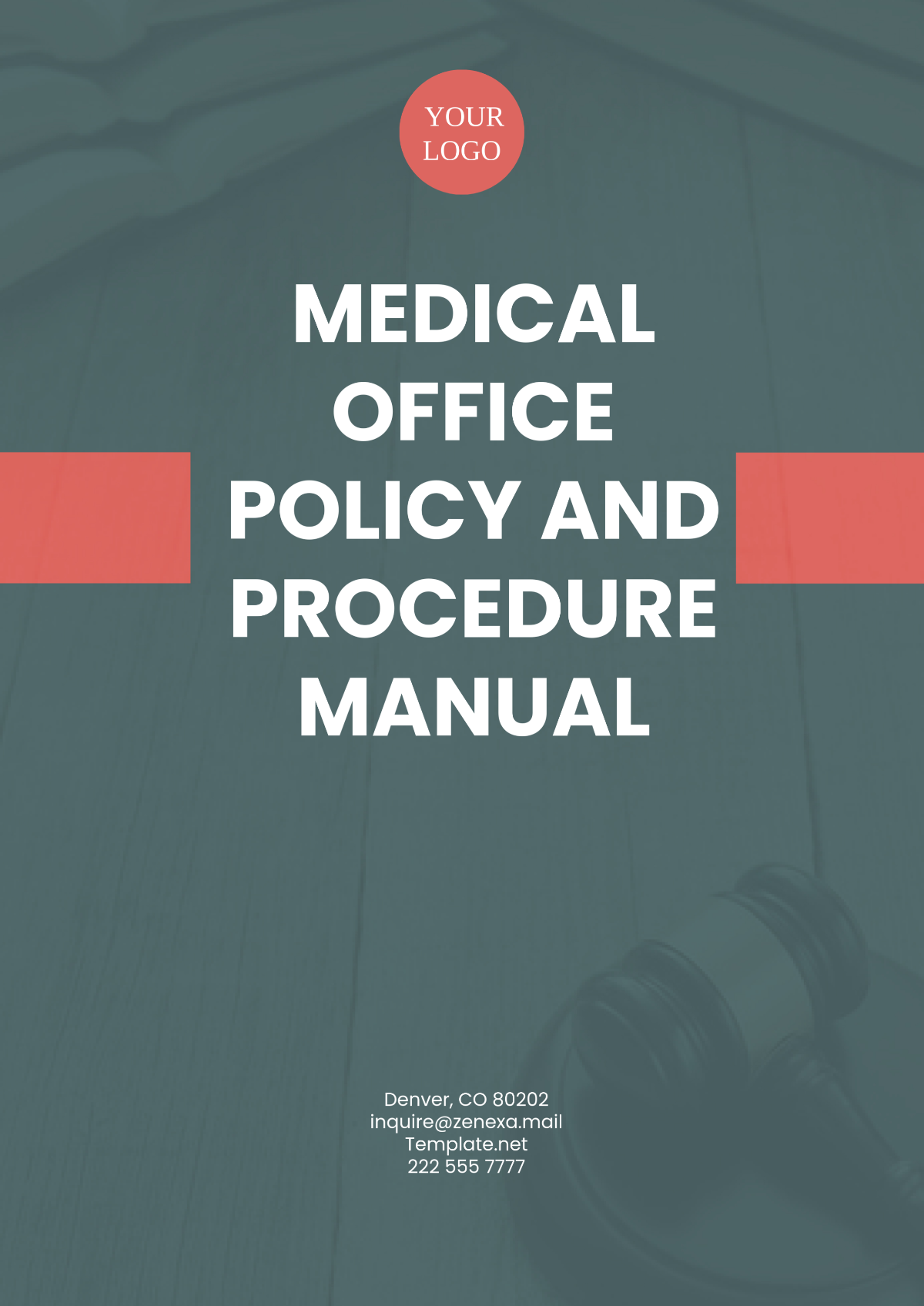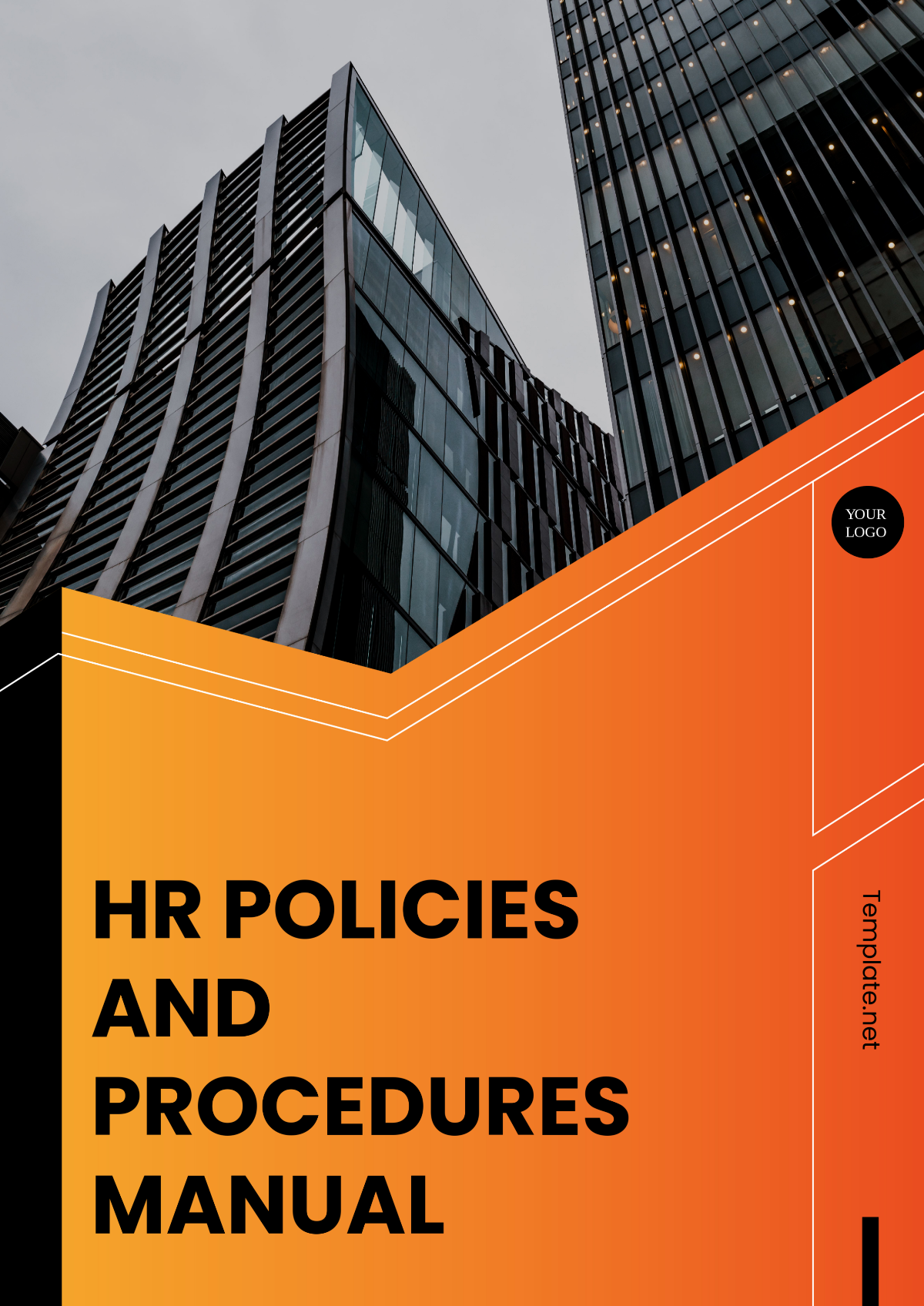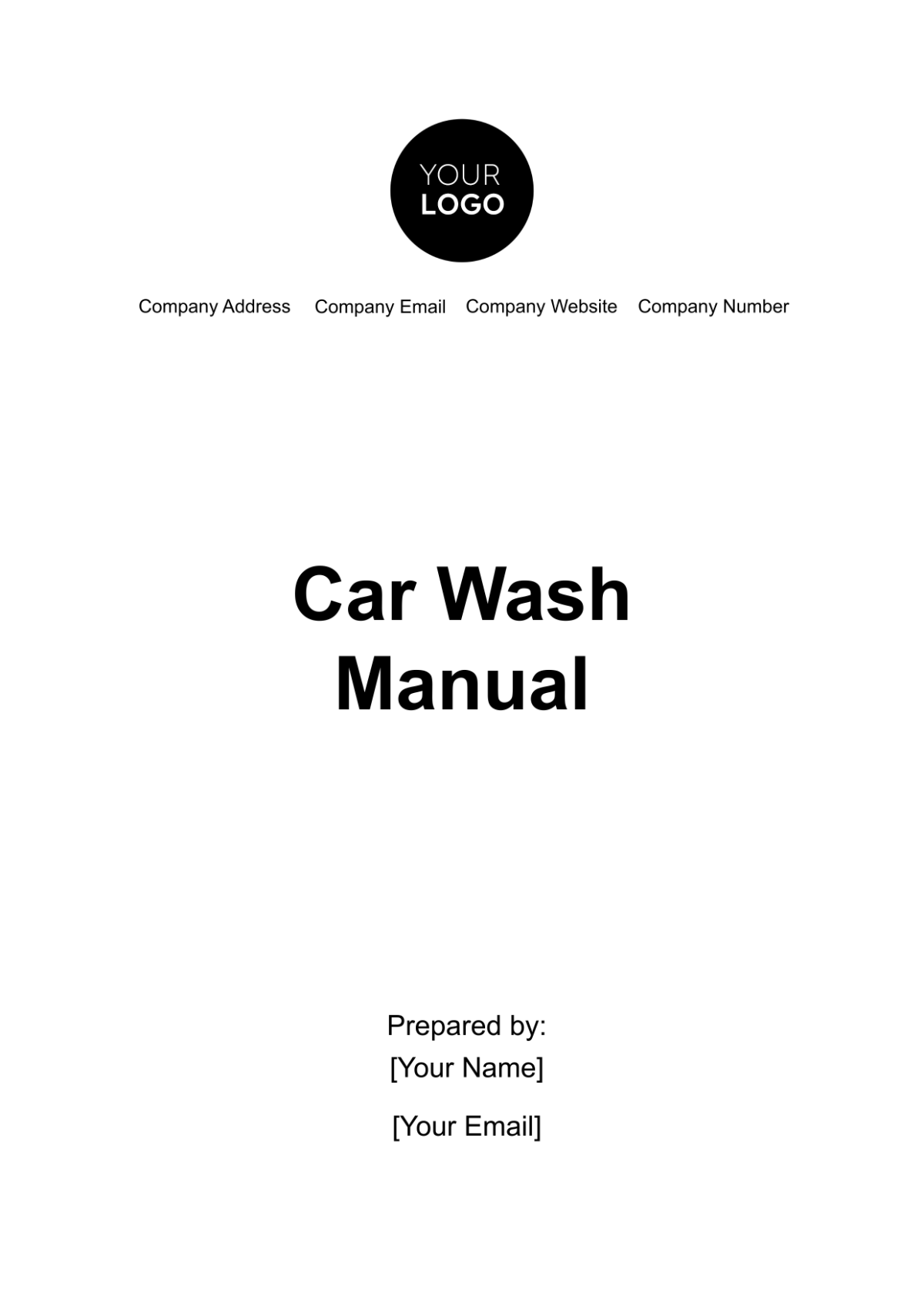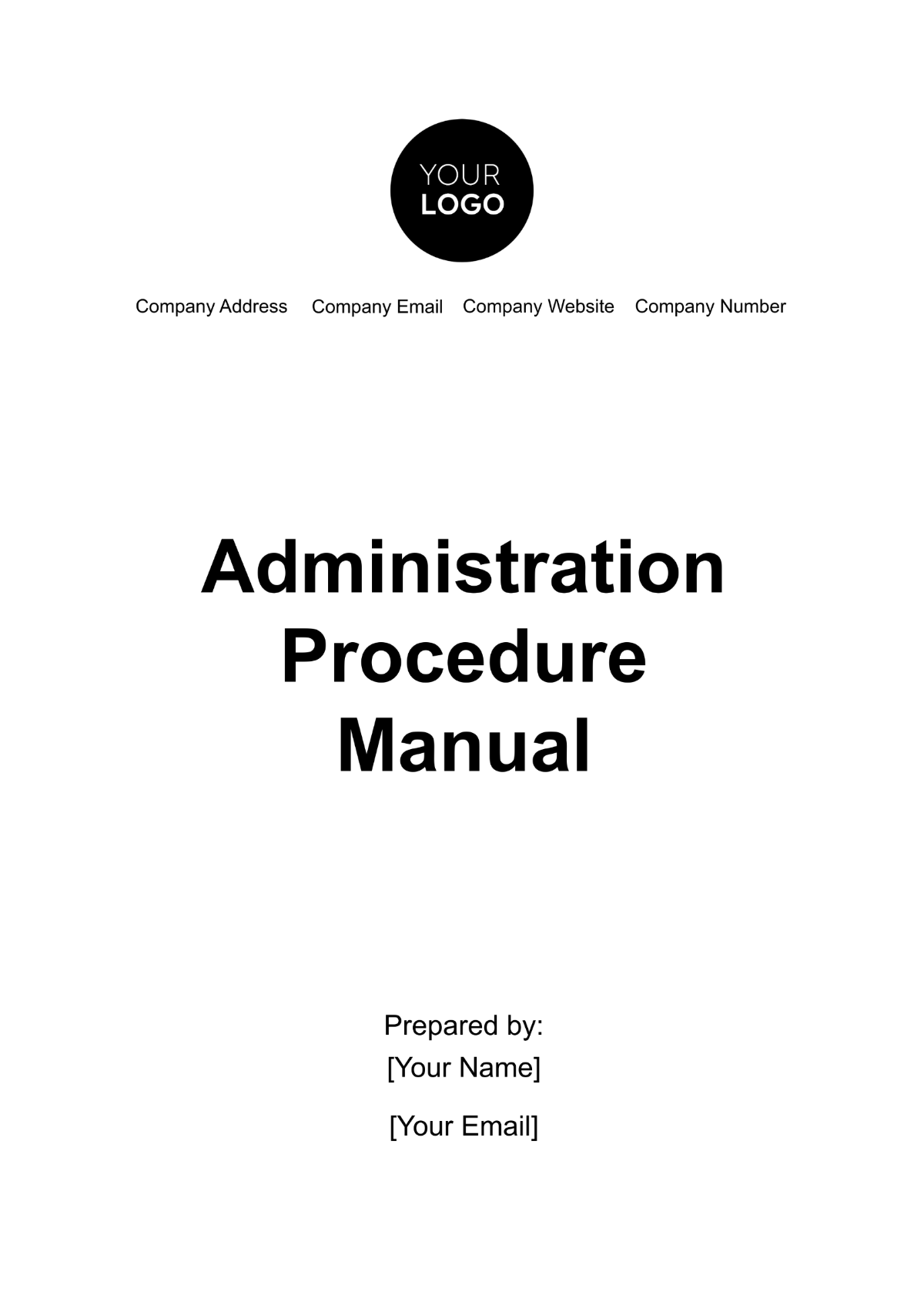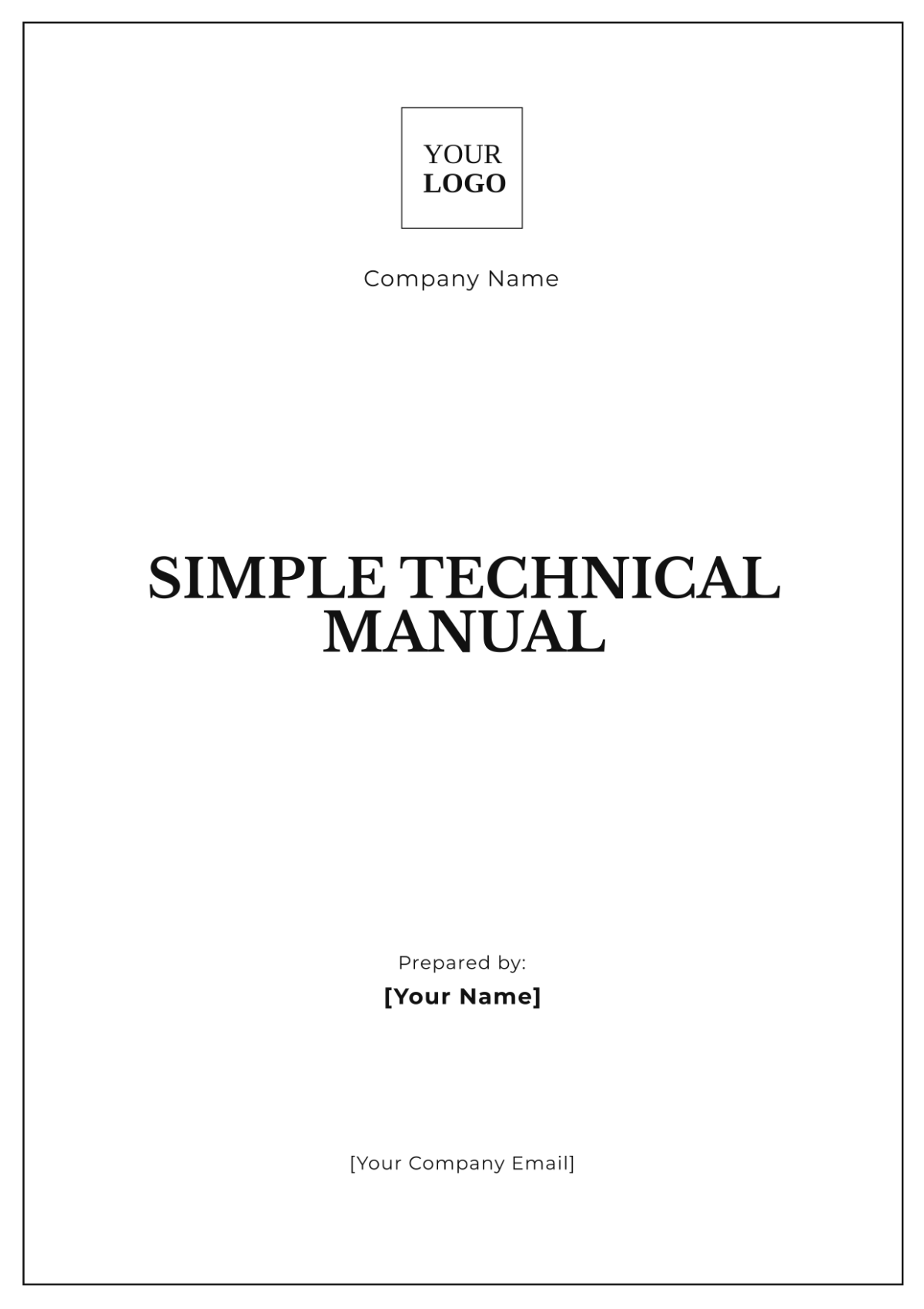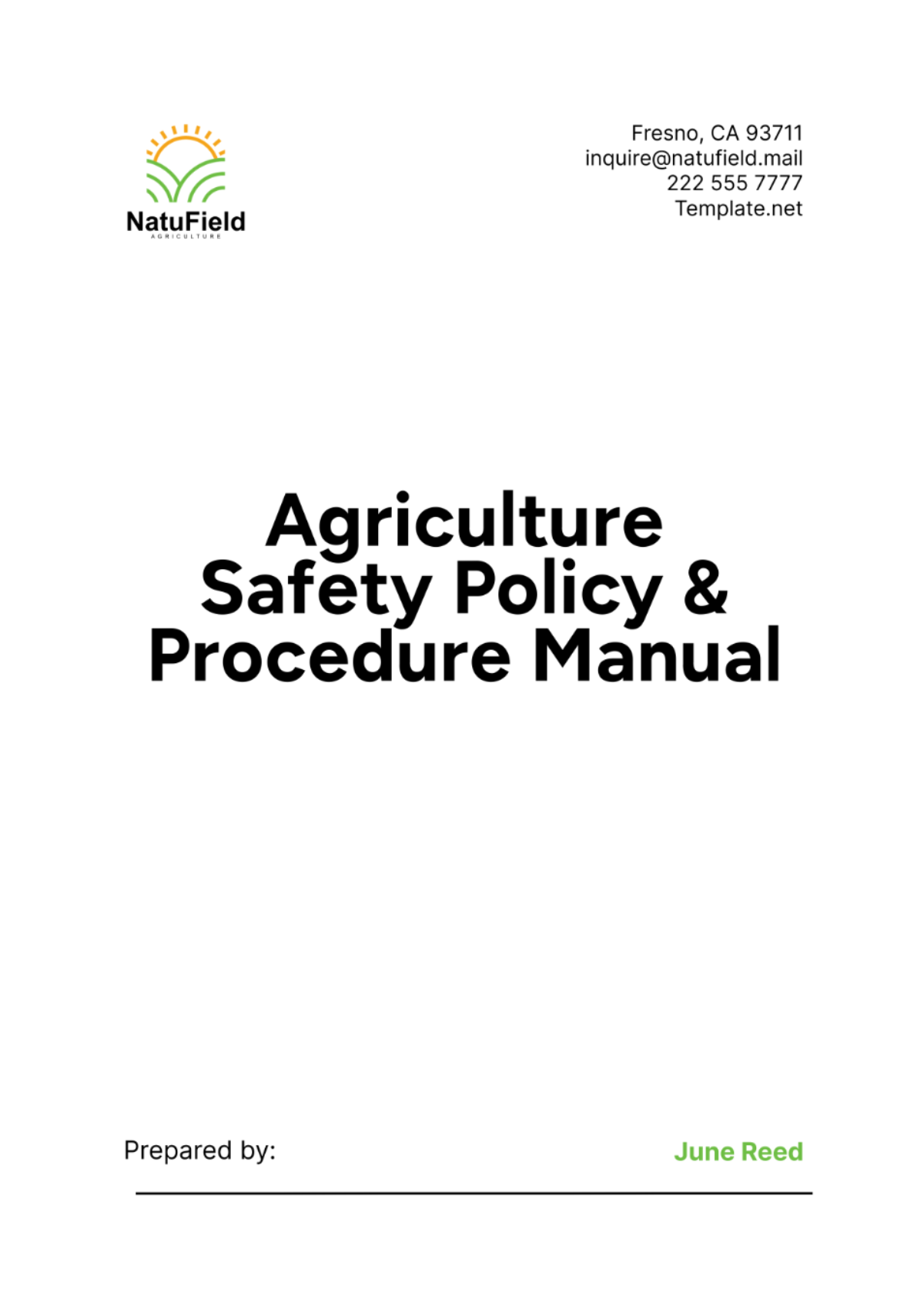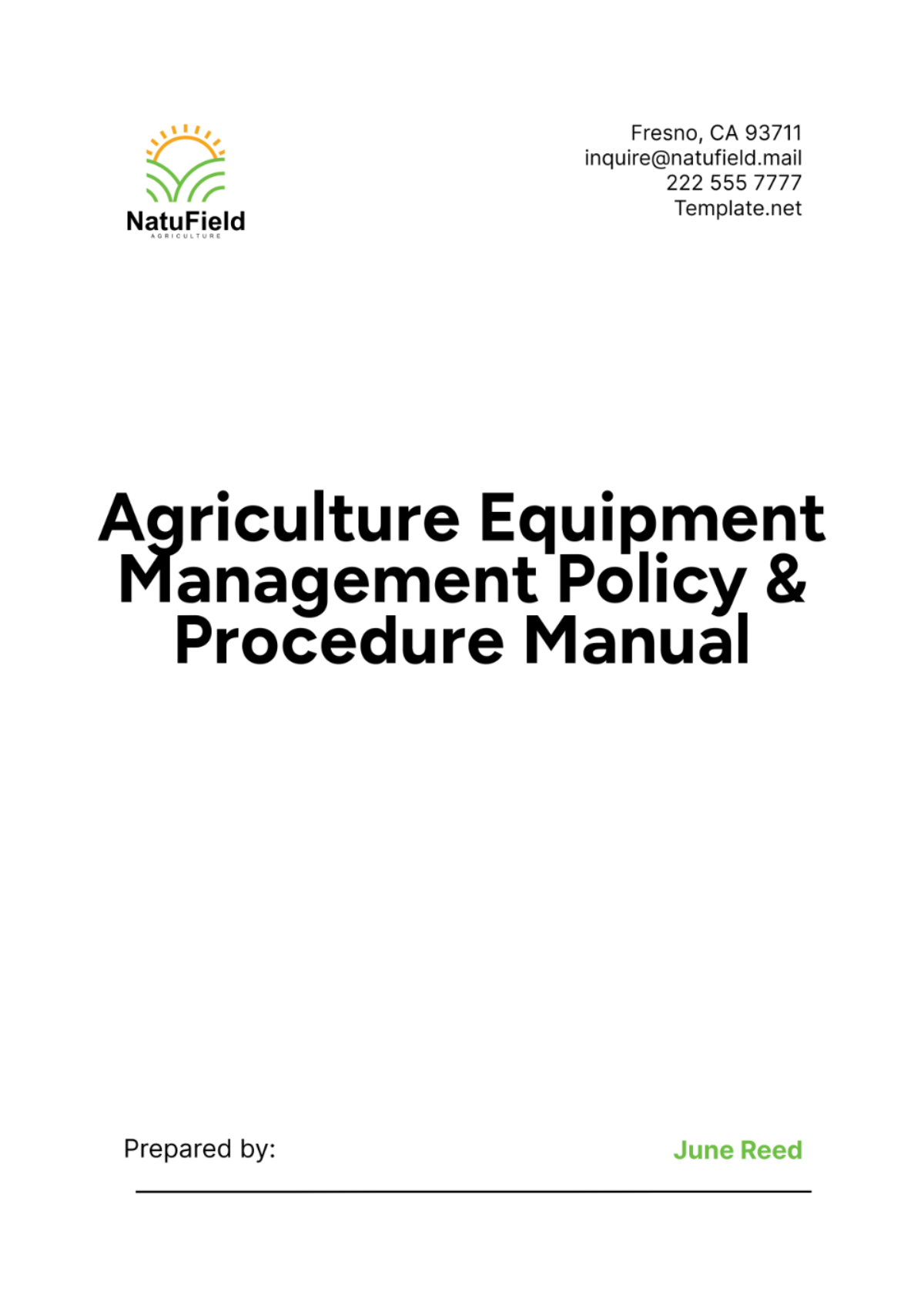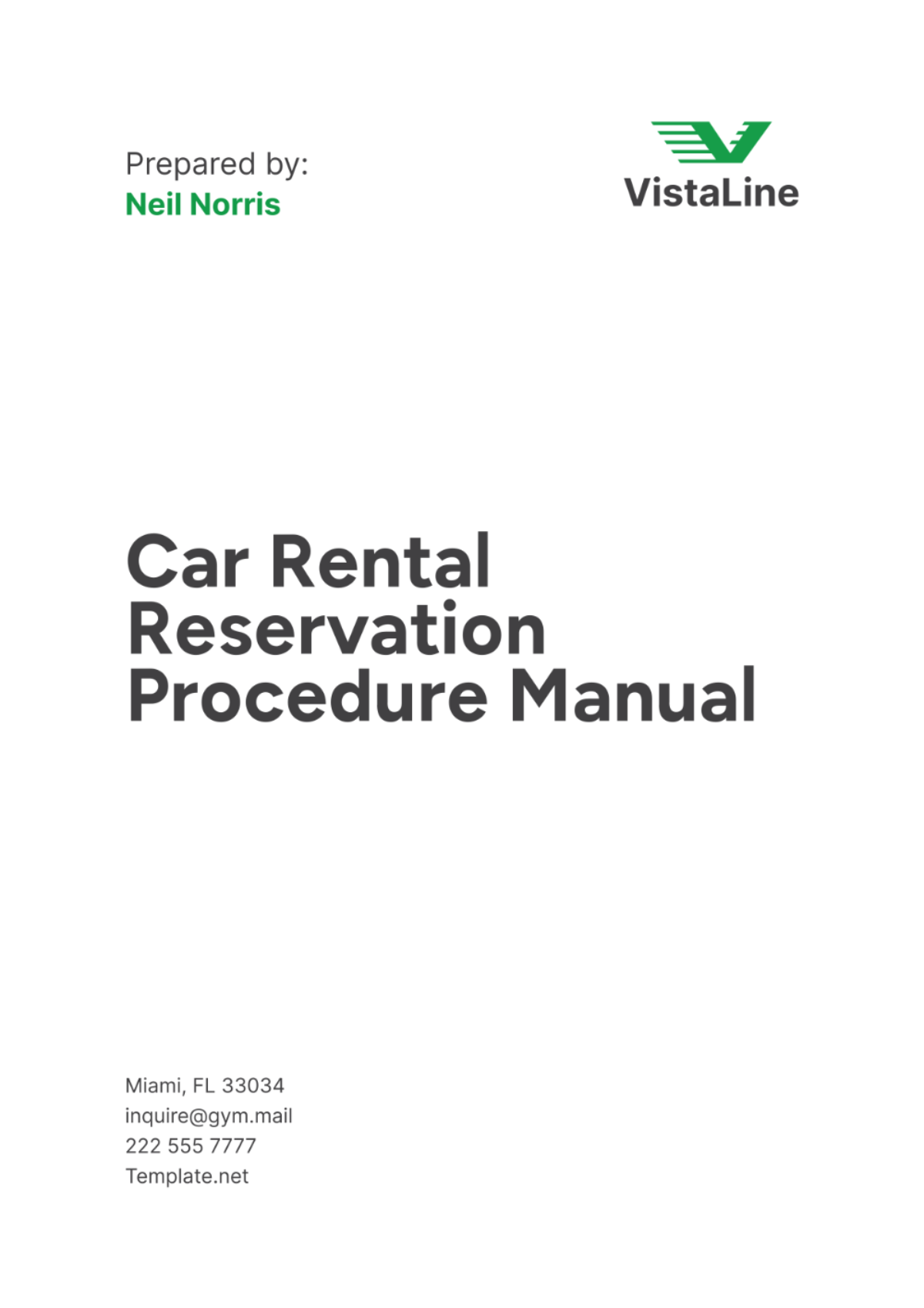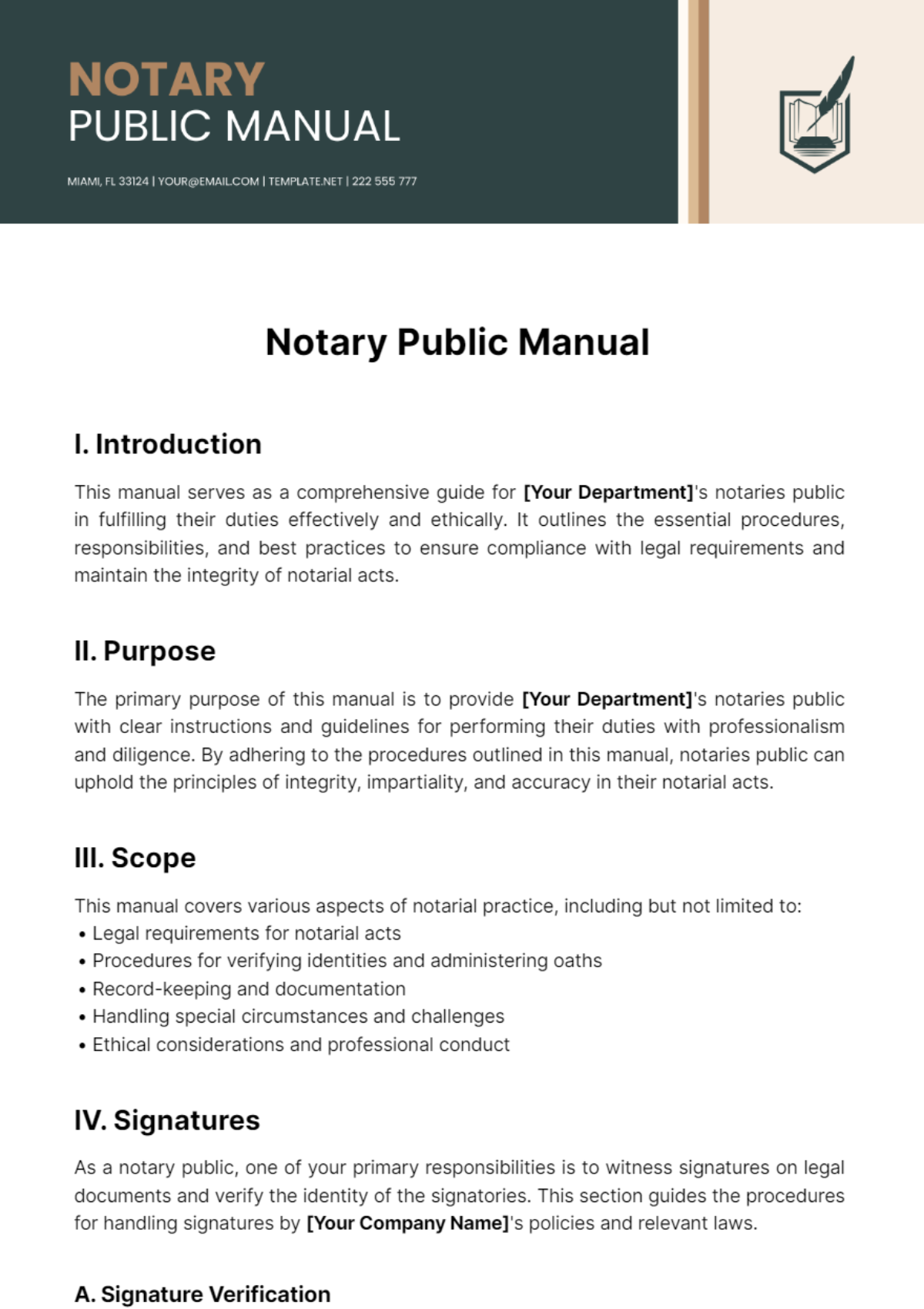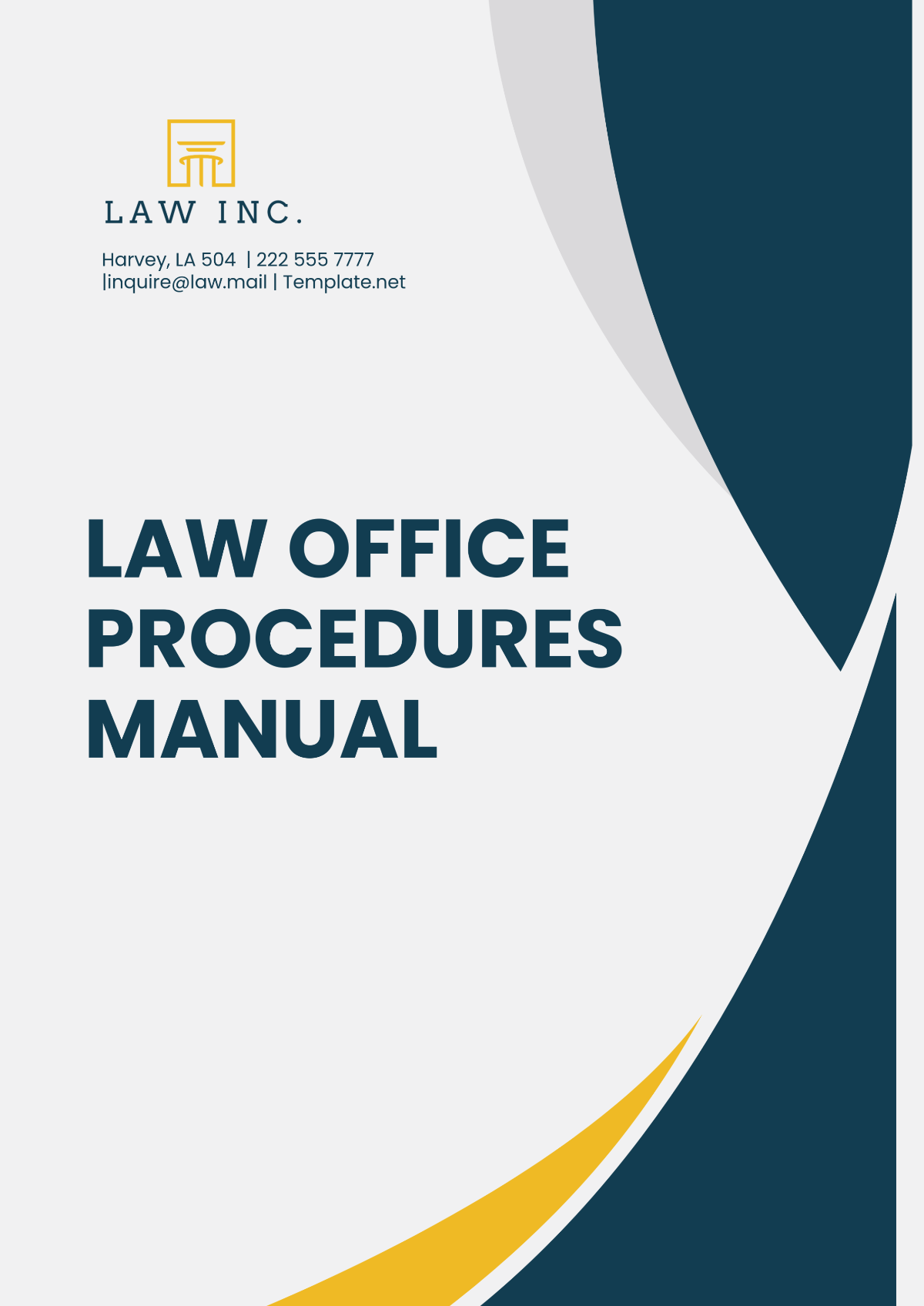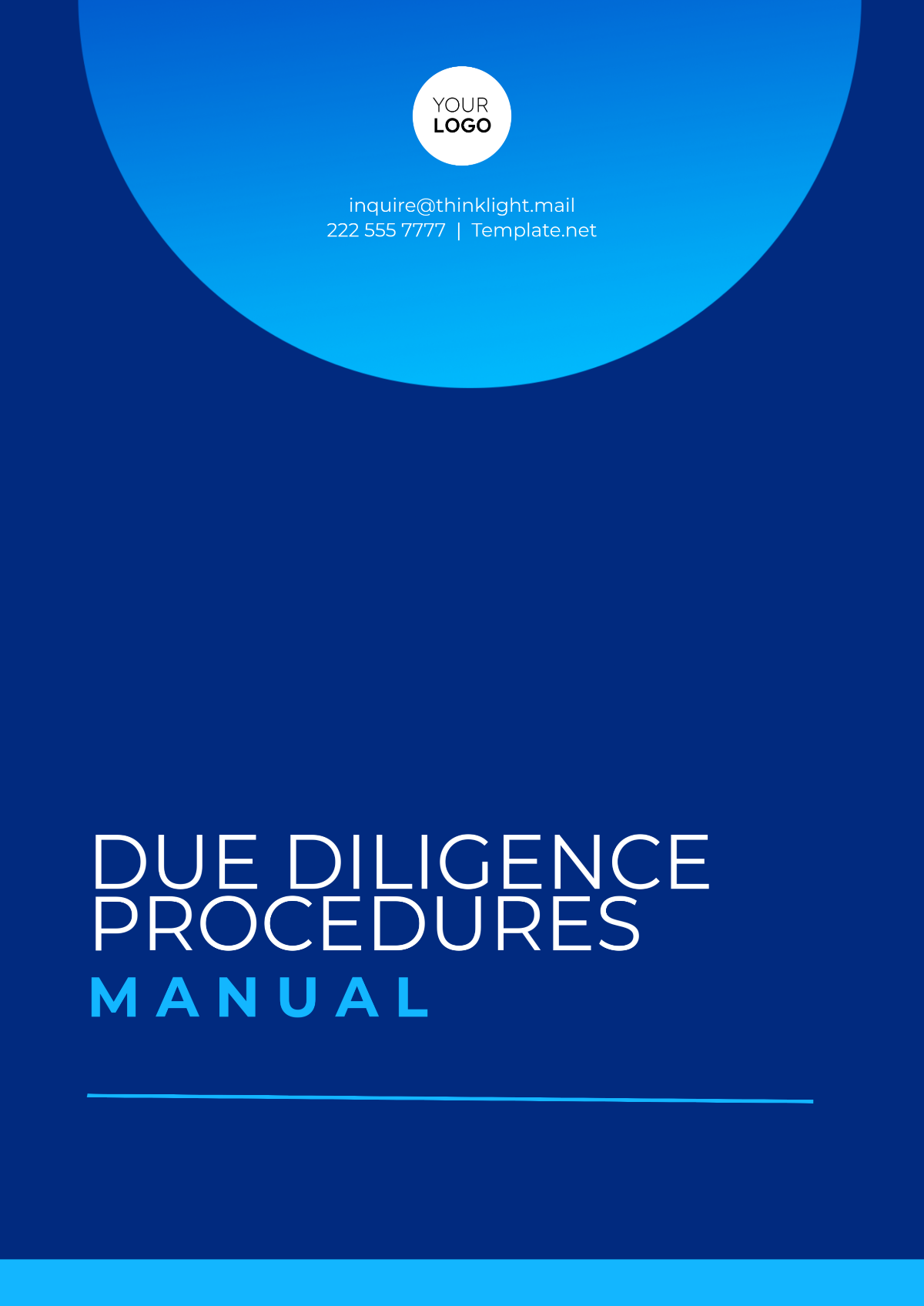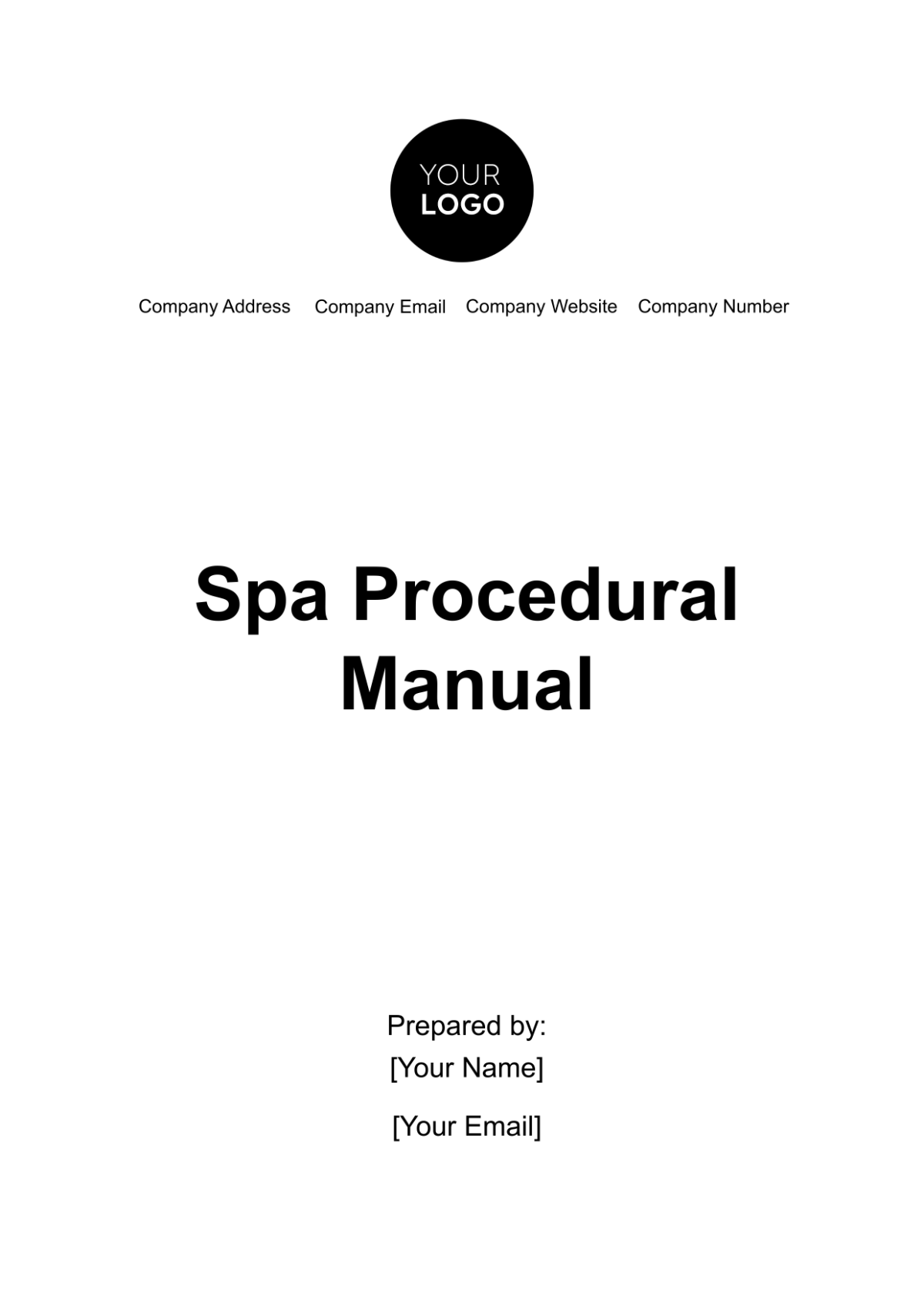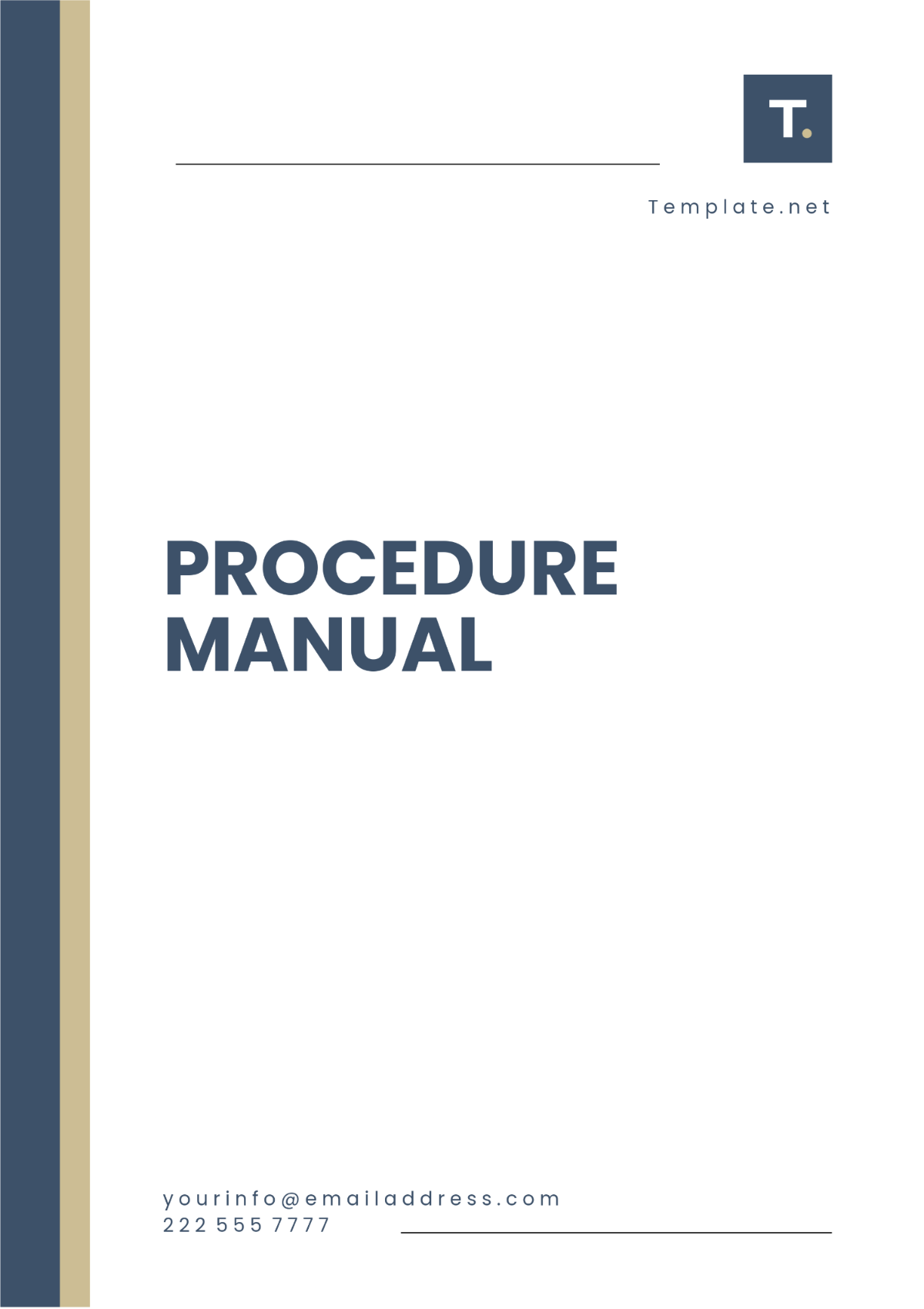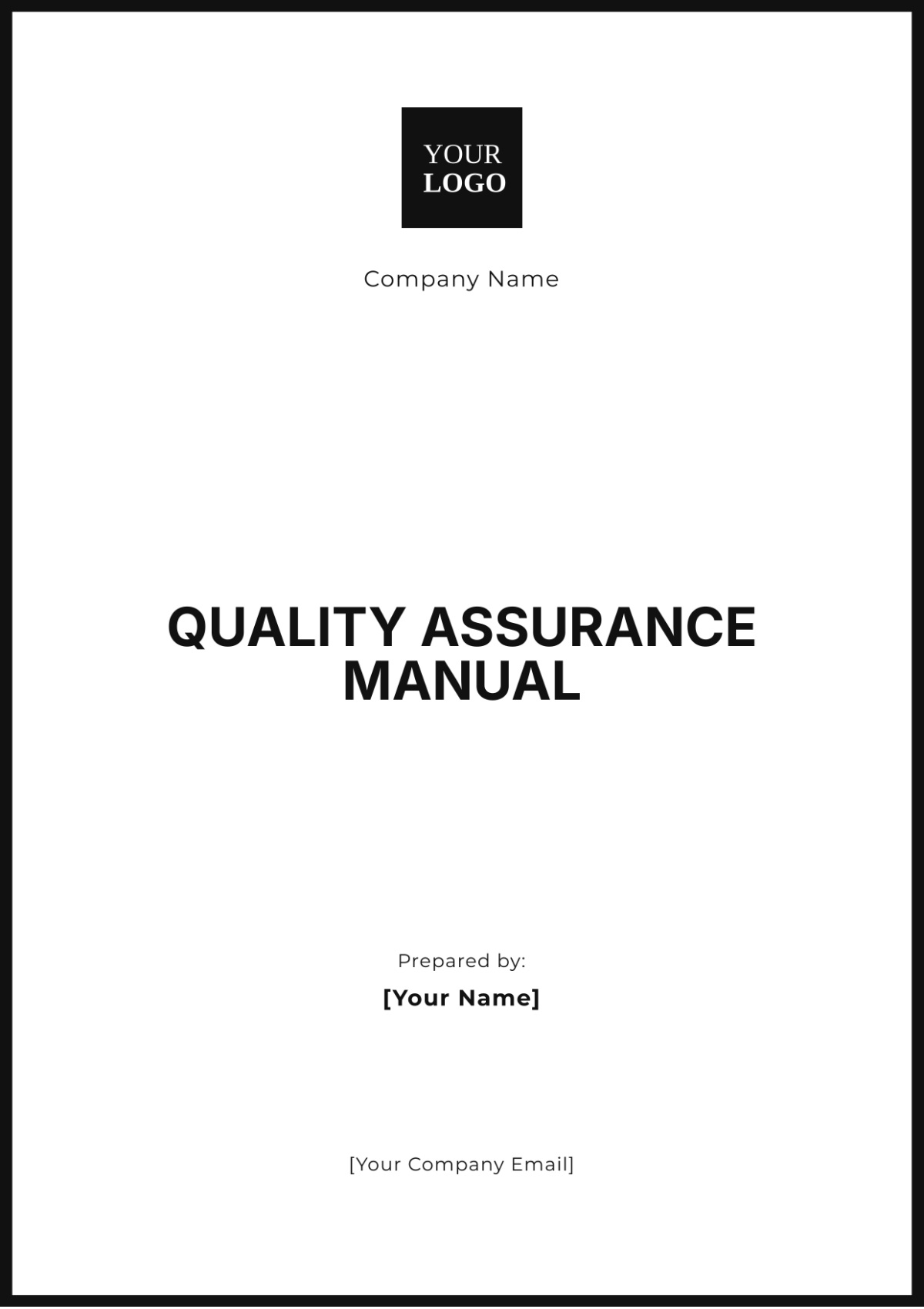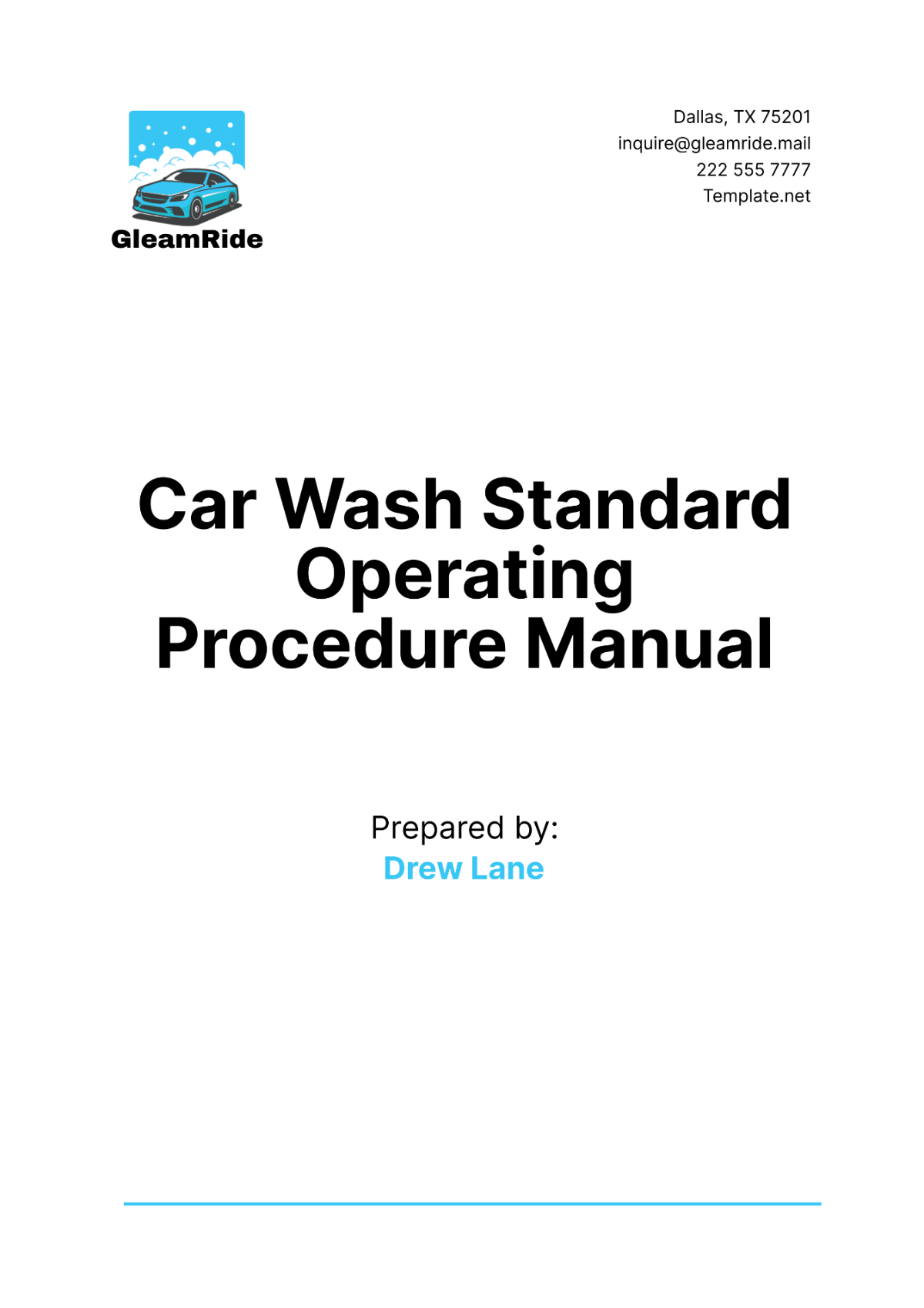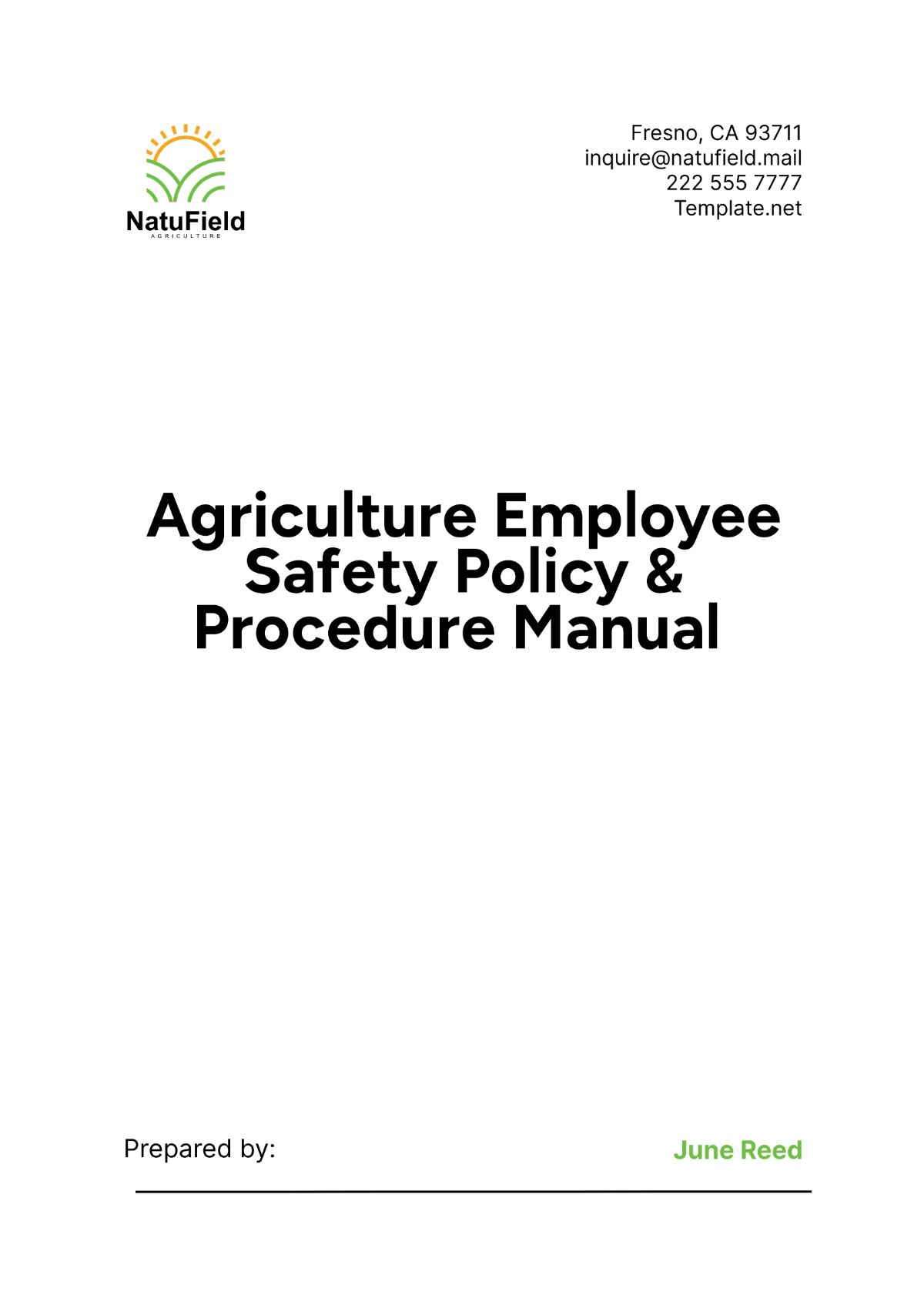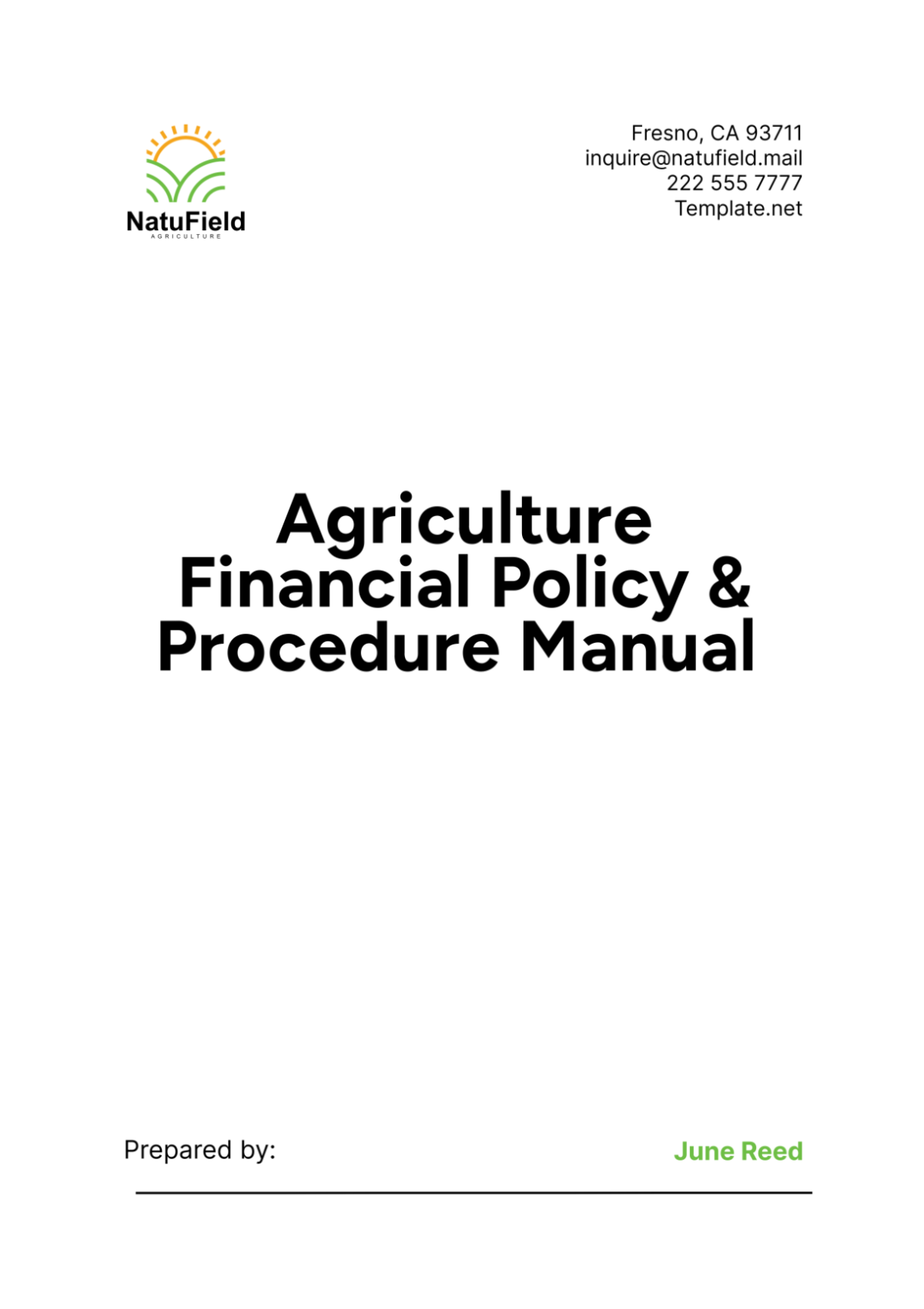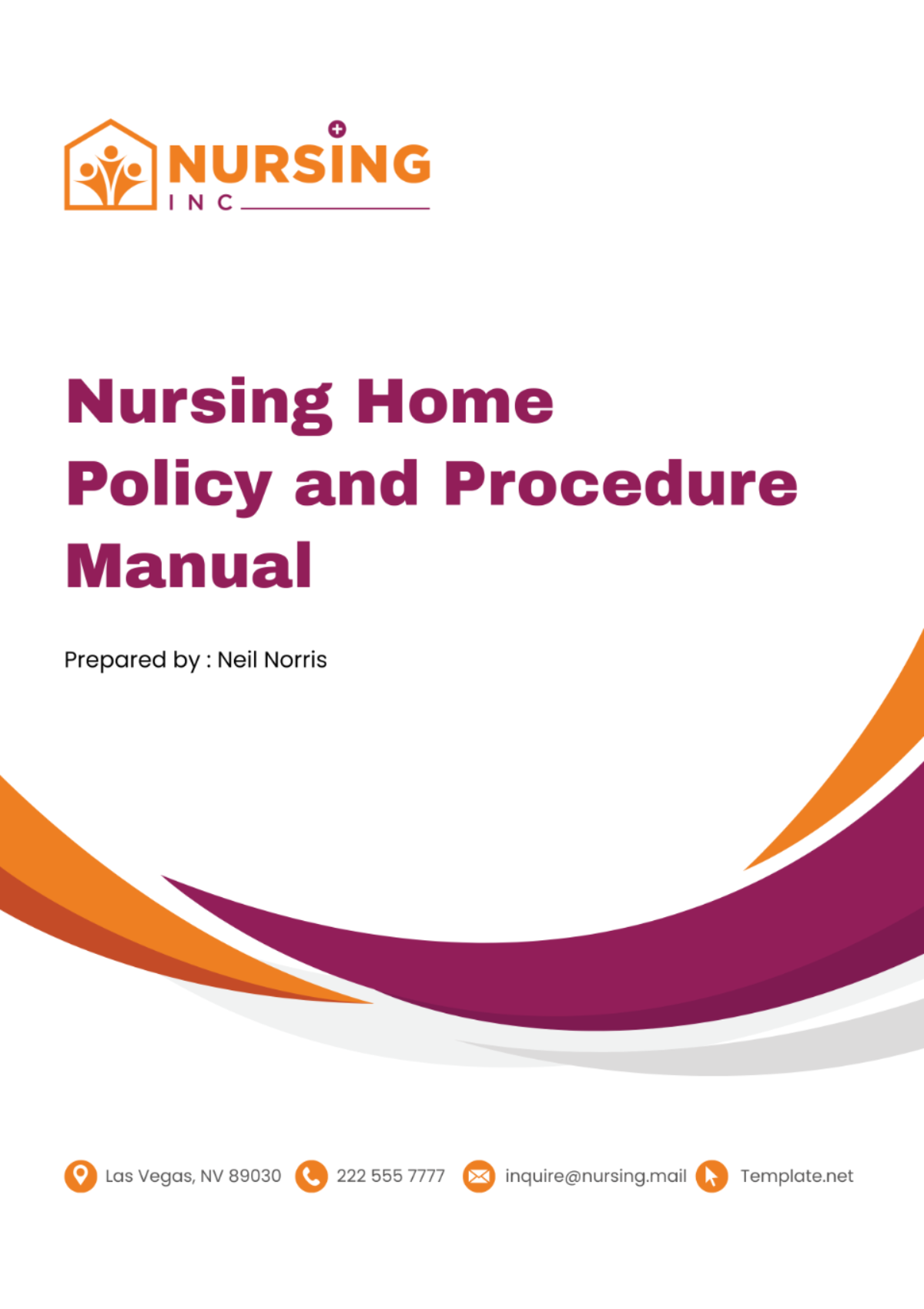Finance Payroll Policy & Procedure Manual
Introduction
Purpose of the Payroll Policy
The Payroll Policy of [Company Name] is designed to ensure a consistent and effective approach to managing employee payroll. This policy is structured to guarantee compliance with all relevant federal, state, and local laws, while maintaining accuracy and timeliness in the disbursement of employee compensation. Our objective is to manage payroll in a manner that is efficient, reliable, and transparent, providing confidence to both management and employees in the company's payroll processes.
Scope of the Policy
This policy applies to all employees of [Company Name], including full-time, part-time, temporary, and contract workers. It covers all aspects of payroll processing, from timesheet submission to salary disbursement, deductions, record-keeping, and compliance with legal requirements. The policy is intended as a comprehensive guide for the payroll team, HR department, and all employees of the company.
Payroll Management Team
Roles and Responsibilities
The payroll management team is pivotal in ensuring the smooth operation of payroll processes. Their responsibilities are as follows:
Payroll Manager: Oversees the entire payroll process, ensures compliance with legal standards, and is the primary point of contact for all payroll-related issues.
Payroll Accountants: Responsible for processing payroll, calculating deductions, preparing pay slips, and maintaining accurate payroll records.
HR Personnel: Assist in gathering employee data, resolving employee queries related to payroll, and communicating important payroll-related information.
Table 1: Payroll Management Team Contact Information
Name | Role | Contact Email | Phone Number |
[Your Name] | Payroll Manager | [Your Email] | [Your Contact Number] |
[Your Name] | Payroll Accountant | [Your Email] | [Your Contact Number] |
[Your Name] | HR Personnel | [Your Email] | [Your Contact Number] |
Payroll Processing
Payroll Schedule
Effective payroll management requires adherence to a strict schedule to ensure timely payment. Our company operates on a bi-weekly payroll cycle. Below is the detailed schedule:
Table: Payroll Schedule
Pay Period Start | Pay Period End | Timesheet Submission Deadline | Pay Date |
1st of the month | 14th | 15th | Last day of month |
15th | Last day of month | 1st | 15th of next month |
Timesheet Submission and Approval
Employees are required to submit their timesheets by the end of the pay period. The submitted timesheets must be approved by the respective department managers within two business days following the submission deadline. The payroll team then processes these timesheets. Late submissions may result in delayed payment.
Electronic Submission: Employees can submit timesheets electronically through the [Company’s Timesheet Portal].
Manual Submission: In exceptional cases, paper-based timesheets can be submitted directly to the HR department.
Salary Disbursements
Modes of Payment
We offer multiple modes of salary payment to accommodate the preferences and needs of our employees.
Table: Modes of Payment
Mode of Payment | Description | Processing Time |
Direct Deposit | Funds are electronically transferred to the employee's bank account. | 1-2 business days |
Paper Check | A physical check is issued and can be collected from the HR department. | Available on the pay date |
Pay Slips
Pay slips are distributed to employees on each pay date. These slips provide a detailed breakdown of gross salary, deductions, and net pay.
Electronic Payslips: Delivered to the employee's registered email address.
Paper Payslips: Available upon request from the HR department.
Deductions and Benefits
Mandatory Deductions
All employee salaries are subject to mandatory deductions as required by law. These deductions include federal and state taxes, Social Security contributions, and Medicare. The exact amount of these deductions varies depending on the employee's earnings and tax bracket.
Table: Mandatory Deductions
Deduction Type | Description | Rate/Amount |
Federal Tax | Income tax levied by the federal government. | Variable (based on tax bracket) |
State Tax | Income tax imposed by the state government. | Variable (based on state regulations) |
Social Security | Contribution to the United States Social Security program. | 6.2% of gross income |
Medicare | Federal health insurance program contribution. | 1.45% of gross income |
Voluntary Deductions and Contributions
Employees may opt for additional deductions for benefits such as retirement savings plans (e.g., 401(k)), health insurance, and other company-provided benefits.
Retirement Savings (401(k)): Employees can choose to contribute a percentage of their salary to their 401(k) plan.
Health Insurance: Premiums for employee-selected health insurance plans may be deducted from the salary.
Record Keeping and Compliance
Payroll Records
The company maintains comprehensive payroll records for all employees. These records include timesheets, pay slips, and records of deductions and contributions.
Record Retention: Payroll records are kept for a minimum of [X] years, in compliance with federal and state laws.
Access to Records: Employees have the right to access their payroll records upon request.
Compliance with Laws
Our payroll policy strictly adheres to all relevant labor and tax laws. Regular audits and updates are conducted to ensure ongoing compliance.
Federal Compliance: Adherence to IRS guidelines and federal labor laws.
State Compliance: Compliance with state-specific wage and hour laws.
Amendments and Revisions
Policy Review Process
Our payroll policy is subject to regular reviews to ensure it remains up-to-date with current laws, industry standards, and company practices. This review process is conducted annually, or as needed, to address any significant changes in legislation or company operations.
Review Committee: A designated committee, including representatives from the finance, HR, and legal departments, oversees the review process.
Employee Feedback: Input from employees is encouraged and considered during the review process to ensure the policy addresses their needs and concerns.
Change Management
When changes are made to the payroll policy, they are communicated to all employees in a clear and timely manner.
Notification: Changes are announced through internal communication channels such as email, company meetings, and intranet postings.
Transition Period: If applicable, a transition period is provided to ensure a smooth implementation of the new policy.
Employee Queries and Grievances
Contact Points for Queries
Employees are encouraged to reach out with any payroll-related questions or concerns. Below is a table of contact points for different types of inquiries:
Table: Contact Points for Payroll Queries
Inquiry Type | Contact Person | Contact Email | Phone Number |
Timesheet Issues | [HR Contact Name] | [Your Email] | [Your Contact Number] |
Salary Discrepancies | [Finance Contact] | [Your Email] | [Your Contact Number] |
Deduction Questions | [Payroll Manager] | [Your Email] | [Your Contact Number] |
Grievance Redressal Mechanism
We have a structured process for addressing grievances related to payroll. Employees can submit their grievances through a formal channel, ensuring they are heard and addressed promptly.
Submission of Grievances: Grievances can be submitted via email or a written letter to the HR department.
Review Process: Each grievance is reviewed by the HR department, and if necessary, escalated to the relevant department for resolution.
Response Time: The company aims to respond to and resolve all grievances within [7] business days.












